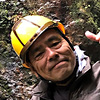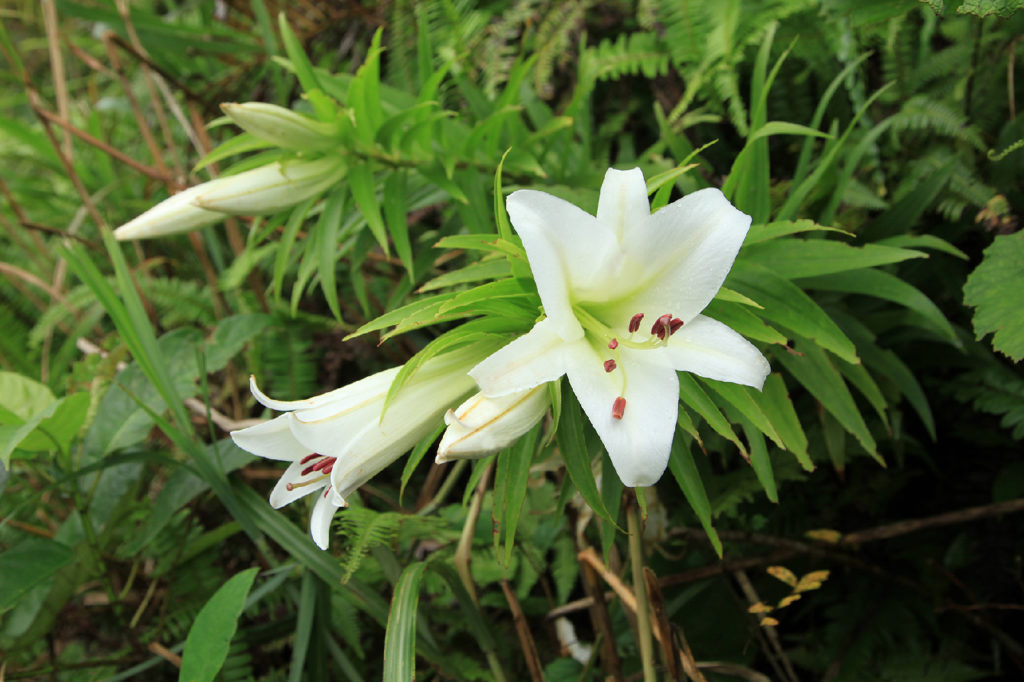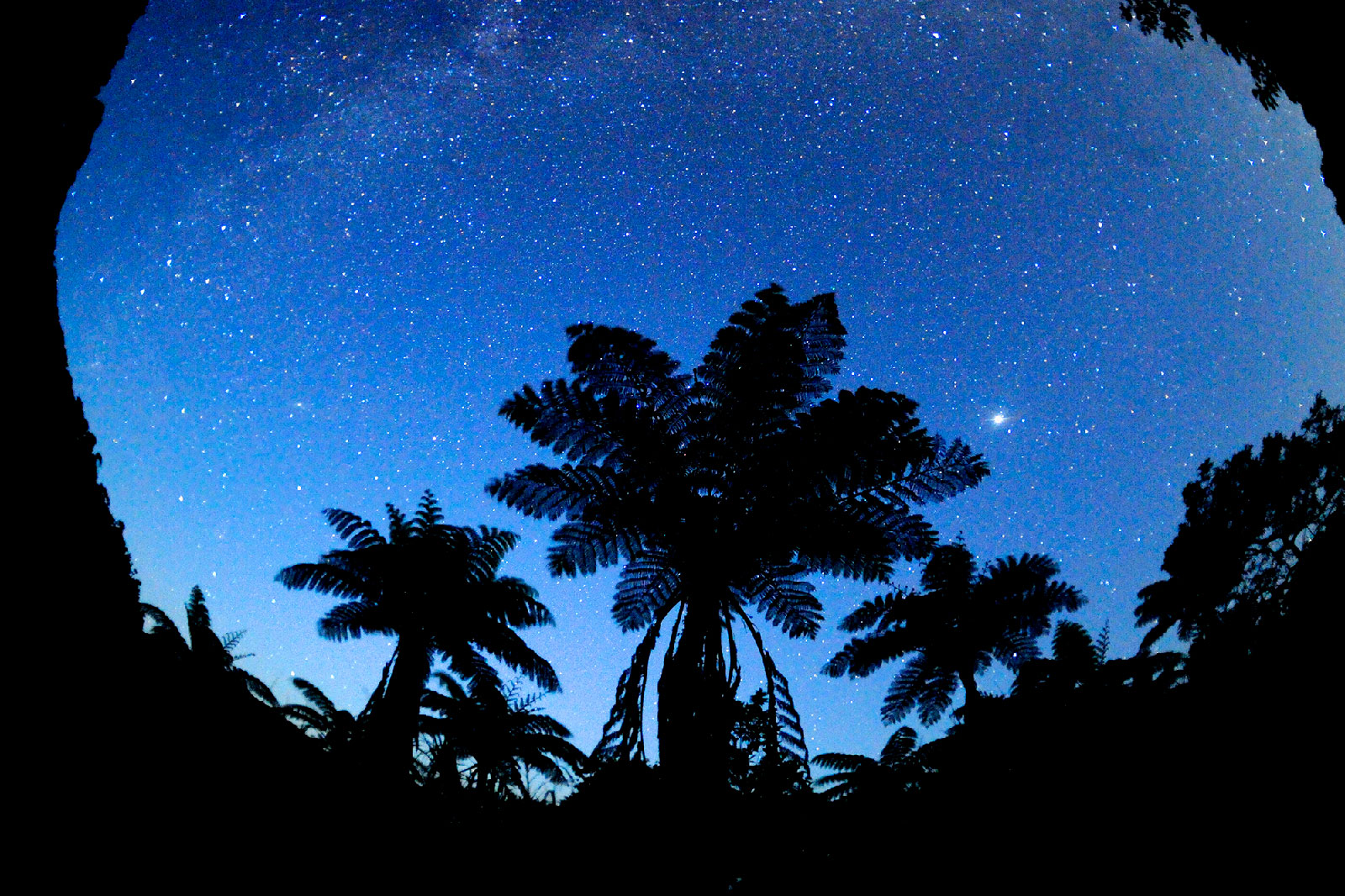
Plants of Forest
The Mysterious Amami Forest (essay)
Spellbound: The Mysterious Amami Forest
Many who come to live on Amami Oshima do so because they are captivated by its nature. Most say they chose this place because the ocean was so beautiful here. But my reasons were a little different. I picked this island because the forest was beyond what I could have imagined it would be.
Don’t misunderstand me: the Amami forest is definitely not something beautiful. The new greens of spring lack the detail of other places and there is almost no crimson foliage in the fall, either. In fact, the forest isn’t even very inviting to people. It’s not a place you’d want to pick up and go on a little hike when the spirit hits you. Nor does it inspire you to gather wild edibles in the mountains. It’s a forest faintly dark in the daytime that has discouraged people from entering. It’s a forest protected by the awe of people who viewed it as a dwelling place of the gods. That’s the forest to which I became spellbound.
The reason this forest is dark is because it’s a laurel forest. Entire mountains are covered with palpable thickness from the deep green leaves of trees like the Itajii chinkapin, Ijyu, and Machilus thunbegii. The poofy, swollen shape of the forest oozes so much energy it looks like a living thing. It’s that robust life force: that’s the attraction of the Amami Oshima forest. In fact, this laurel forest that occupies the largest area of the Southwest Islands cultivates uncountable life forms. No forest even comes close to this one in terms of inspiring someone like me who studied biology at university.
What is it like in the daytime? The forest is the domain of plants and insects. Basking in enough sun and ample rainfall, the forest is overgrown with all varieties of plants. Turning their green leaves to heaven, they photosynthesize in unison. Some of them even flower. Butterflies, bees and other insects gather near these flowers. Look closely and you’ll see myriad species of bugs that live on the tree trunks or on backs of leaves. Plants depend on the insects, and the insects depend on the plants for survival.
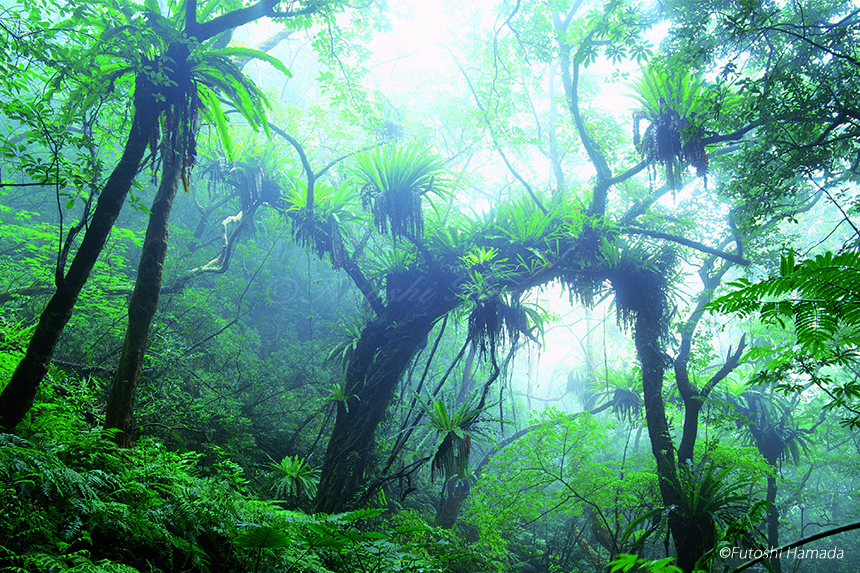
Dense forest (South-central Amami Oshima)

Forest mist rises in a fantastic scene
What’s it like during the dark night? The forest becomes the domain of the animals. It brims with the signs of animals all around you. You hear the strange cry of an animal echoing from somewhere under the starry night sky. You find so many frogs in the damp of the forest floor. Slithering snakes come after them in silent pursuit. Amami Black Rabbits hop along the sides of forest roads, and Ryukyu Long-Tailed Giant Rats climb the tree branches. You can catch glimpses of nocturnal mammals searching for food.
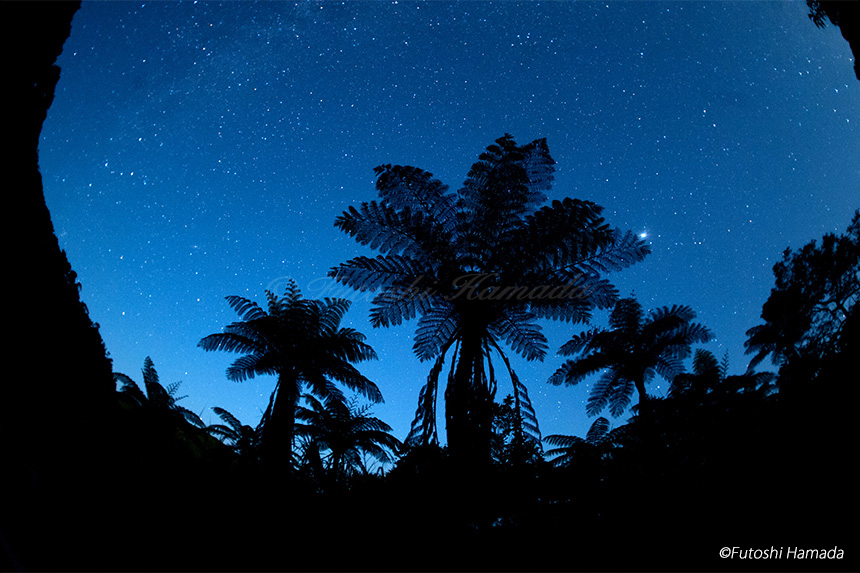
Hikage tree fern, or Cyathea lepifera, grows thick in the Amami Oshima forest
What’s it like in the early morning? That’s the wild birds’ time. About the time that the Ryukyu scops owl finishes his night shift, the Amami thrush starts his modest song. The hoarse cry of the Lidith’s jay cues the Ryukyu robin to cut in with its melodious voice, until the white-backed woodpecker adds a daring drumbeat. Before long the oft-heard birdsong of sparrows, Japanese tits, Brown-eared Bulbul and others join the chorus as you notice the forest has become altogether brighter while your ears were transfixed by wild birds.
The Amami forest is truly mysterious. Each time I go in, I encounter creatures and make new discoveries. When the five senses are stimulated, your brain is also rejuvenated, and the forest is actually the ideal place for wrapping up the plot of a mystery novel. I wonder what kind of experience awaits me again today. With fresh anticipation in my breast, I set out for the Amami forest.
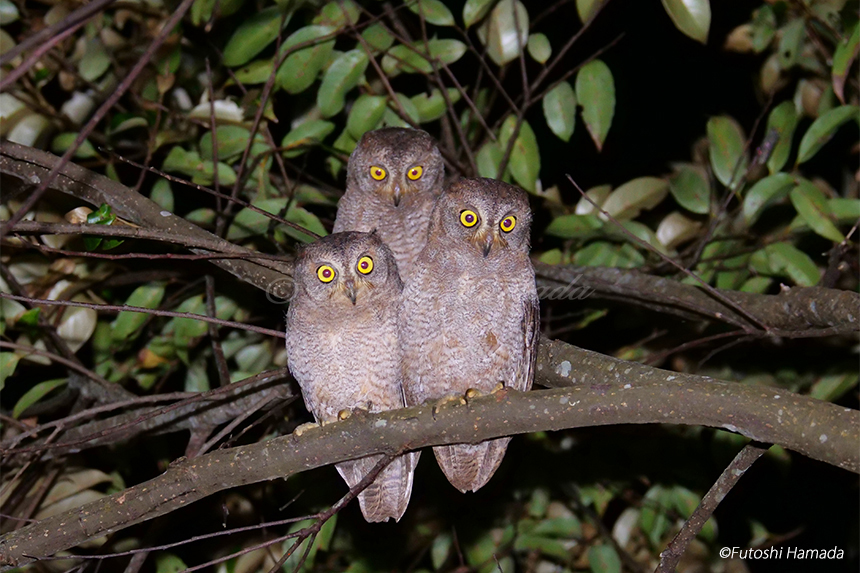
Ryukyu scops owl, or Otus elegans, is the smallest owl in Japan at approx. 20 cm.
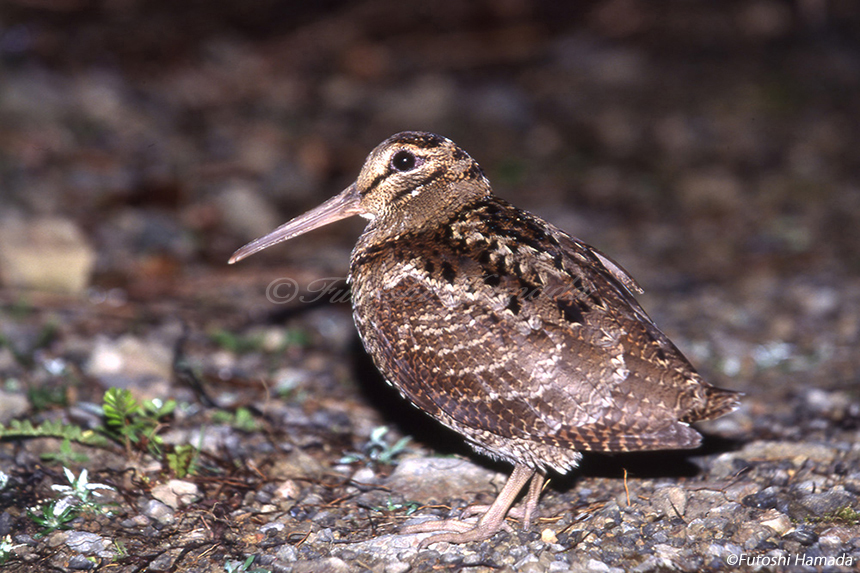
Amami woodcock, or Scolopax mira, is a bird that survives only in the Ryukyu archipelago and is said to be bad at hopping.
Photo / ©Futoshi Hamada
